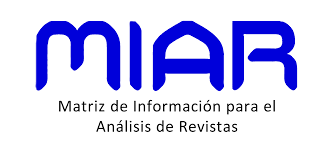Transformations in the Architecture of E-Groups: The Cases of Tikal and Uaxactun
DOI:
https://doi.org/10.56039/rgn15a11Keywords:
maya architecture, E-gruop, Building on the builtAbstract
E-Groups are a unique typology in Maya architecture. These complexes consist of a central plaza delimited by
a pyramidal building on the one side and by an elongated platform supporting three structures on the other
side. Originated in Uaxactun, this denomination came from the nomenclature given to the first group ever
identified with such characteristics. The interpretation of E-Groups began in 1924, with Frans Blom’s studies
of what seemed to be a solar cycle observation complex. He observed that, looking from the pyramid, it was
possible to see the alignment of the sun over the three structures to the east during the solstices and equinoxes.
Several archaeological and archaeoastronomical studies have been carried out ever since, which have led to the
formulation of different, sometimes even controversial hypotheses about their possible function.
E-Groups’ buildings suffered various transformations over time, a very common practice in Maya architecture,
which in many cases involved the filling and closure of pre-existing structures, later incorporated in the new
building. The modifications that Maya builders brought about over time altered both the dimensions and the
spatial relations between the buildings in these complexes, thus creating a complex superposition of constructive
phases. In this paper, we analyze and compare, from an architectural point of view, the buildings of E-Groups in
Mundo Perdido in Tikal and in Uaxactún, focusing on their constructive evolution.
Downloads
Downloads
Published
Issue
Section
License

This work is licensed under a Creative Commons Attribution-NonCommercial-ShareAlike 4.0 International License.























